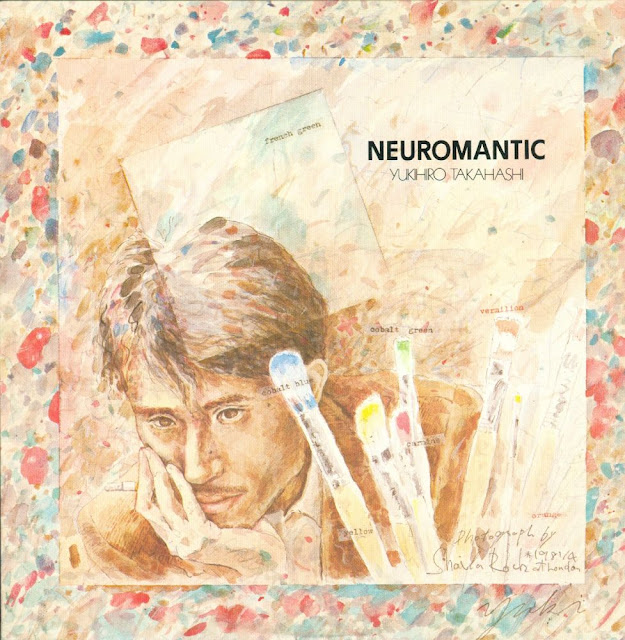
Very, very special record. Hiroshi Yoshimura was a minimal ambient composer who, in addition to a slew of excellent recordings, also made soundtracks for Tokyo museums, galleries, malls, train stations, and (as is the case here) prefabricated houses. We’ll definitely be hearing more from him later, but this feels like the right place to start during such gnarly heat. Surround sounds very much like the cover looks, not just because of the field recordings of bodies of water but because of the way the music moves: in ripples, ebbs, and flows. This is, for lack of a better word, gorgeous. For fans of Yas-Kaz and Inoyama Land.







